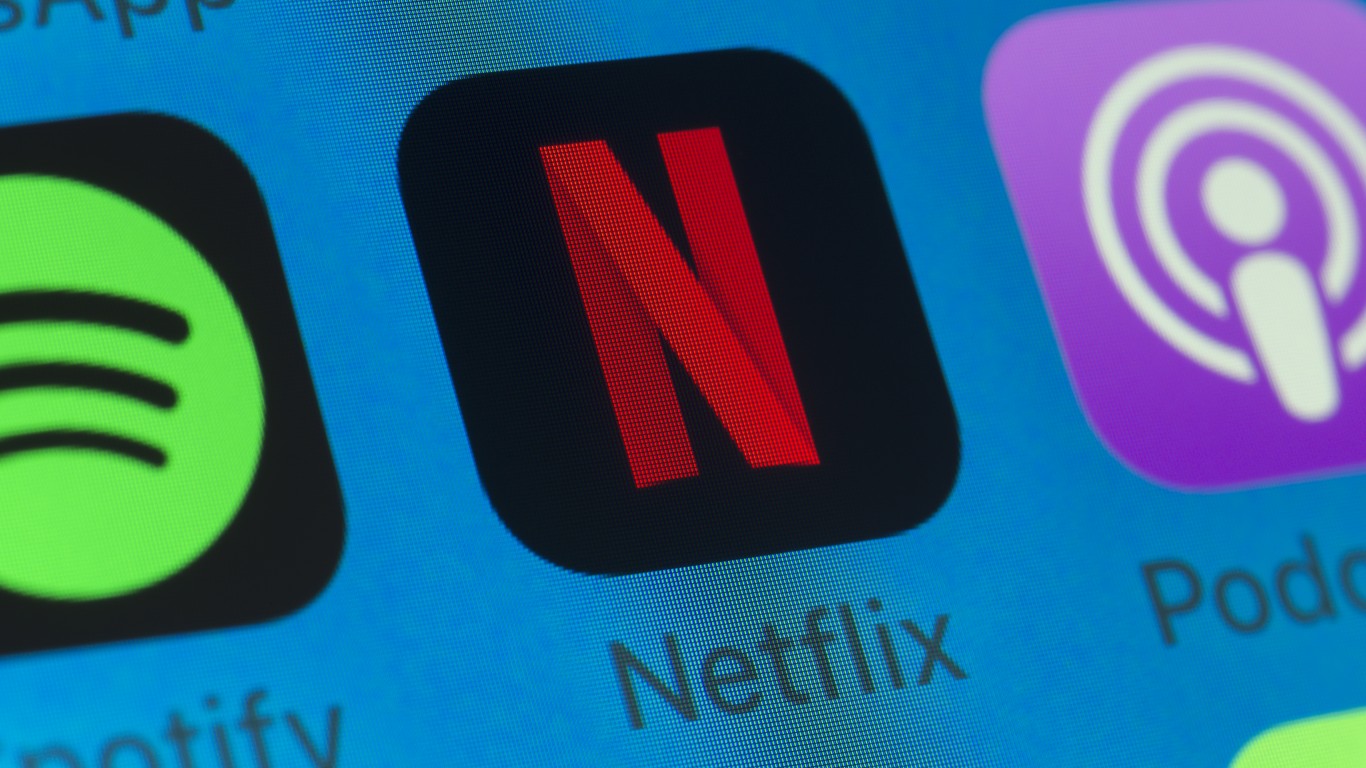
Many equity investors never bother looking at boring issues like balance sheets, cash flows and credit metrics. After all, it’s so boring and antiquated. Some of the great and incredibly popular companies in America are still classified as “junk” rated.
Netflix Inc. (NASDAQ: NFLX) has become one of the most popular companies in America. It has nearly 200 million streaming subscribers, when adding up domestic and international accounts. Netflix had revenues of $20 billion in 2019, and some Wall Street analysts expect that its revenues will hit $30 billion by the end of 2021 or shortly thereafter.
Netflix now also has a $225 billion stock market valuation. Add all that up and Netflix is still classified as a “junk” credit rating. However, Standard & Poor’s is signaling that Netflix could be on its way to “investment grade.”
With a focus on free operating cash flow, S&P sees a path toward stronger operating trends, higher margins and a slower continual spend on cash content costs. The credit rating agency now expects that Netflix’s free operating cash flow deficit will be under $1 billion in 2021, and it sees Netflix potentially reaching breakeven thereafter.
While S&P’s hedging comments include weaker operating performance and more aggressive content spending to bring in and retain subscribers, S&P has raised the outlook on its BB issuer rating to positive from stable.
S&P also expects a normalized return to production levels, and its positive outlook also takes into account an increase in competition.
Analysts on Wall Street often have many different metrics they use for issuing their Buy or Sell ratings than credit ratings agencies do. There had been an almost endless amount of price target hikes ahead of the third-quarter results for 2020, but this was the second consecutive quarter in which Wall Street took issue with actual or forecast subscribers.
Netflix ended the third quarter with about $8.4 billion in cash and equivalents and more than $1.4 billion in receivables. One issue that the credit ratings have noted recently and in the past is that Netflix is adding to its long-term debt balances. As of September 30, 2020, its long-term debt was $15.55 billion. That compares to $14.75 billion in debt at the end of 2019 and $10.36 billion at the end of 2018.
Netflix shares were trading down 0.6% at $510.50 on Thursday. The stock was at $525.42 ahead of October’s earnings report, and it fell to $489.05 afterward. Its consensus price target from Refinitiv was last seen at $547.22.
Are You Ahead, or Behind on Retirement? (sponsor)
If you’re one of the over 4 Million Americans set to retire this year, you may want to pay attention.
Finding a financial advisor who puts your interest first can be the difference between a rich retirement and barely getting by, and today it’s easier than ever. SmartAsset’s free tool matches you with up to three fiduciary financial advisors that serve your area in minutes. Each advisor has been carefully vetted, and must act in your best interests. Start your search now.
Don’t waste another minute; get started right here and help your retirement dreams become a retirement reality.
Thank you for reading! Have some feedback for us?
Contact the 24/7 Wall St. editorial team.




